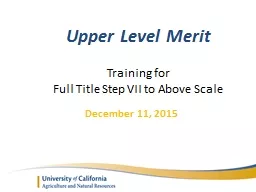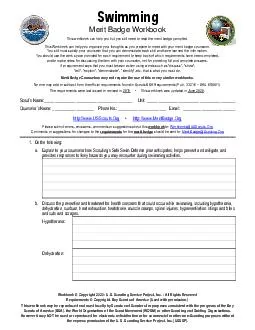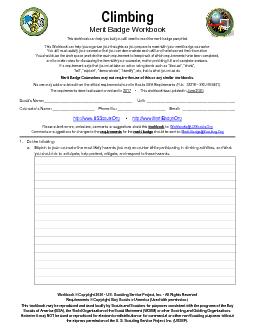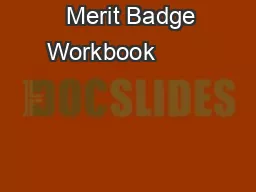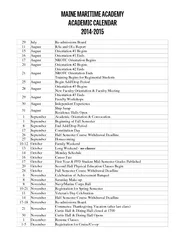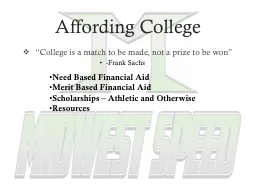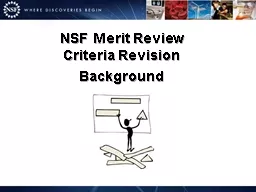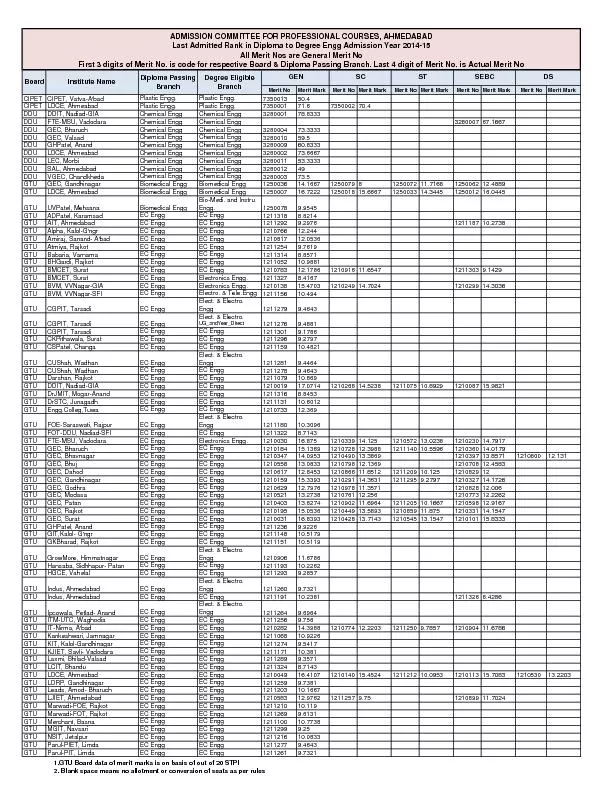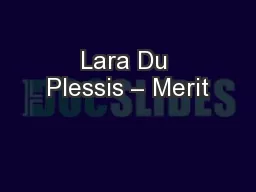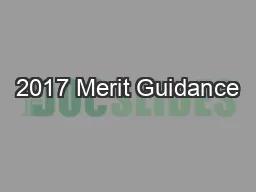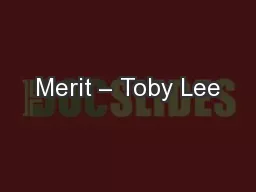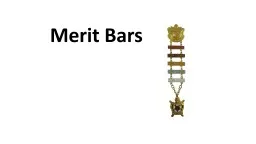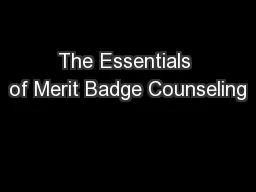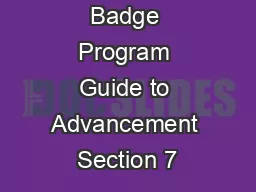PPT-December 11, 2015 Upper Level Merit
Author : bikersnomercy | Published Date : 2020-08-03
Training for Full Title Step VII to Above Scale Agenda WelcomeIntroductions AgendaTraining AgreementsOutcomes Overview of Process Recent ChangesReminders Common
Presentation Embed Code
Download Presentation
Download Presentation The PPT/PDF document "December 11, 2015 Upper Level Merit" is the property of its rightful owner. Permission is granted to download and print the materials on this website for personal, non-commercial use only, and to display it on your personal computer provided you do not modify the materials and that you retain all copyright notices contained in the materials. By downloading content from our website, you accept the terms of this agreement.
December 11, 2015 Upper Level Merit: Transcript
Download Rules Of Document
"December 11, 2015 Upper Level Merit"The content belongs to its owner. You may download and print it for personal use, without modification, and keep all copyright notices. By downloading, you agree to these terms.
Related Documents

